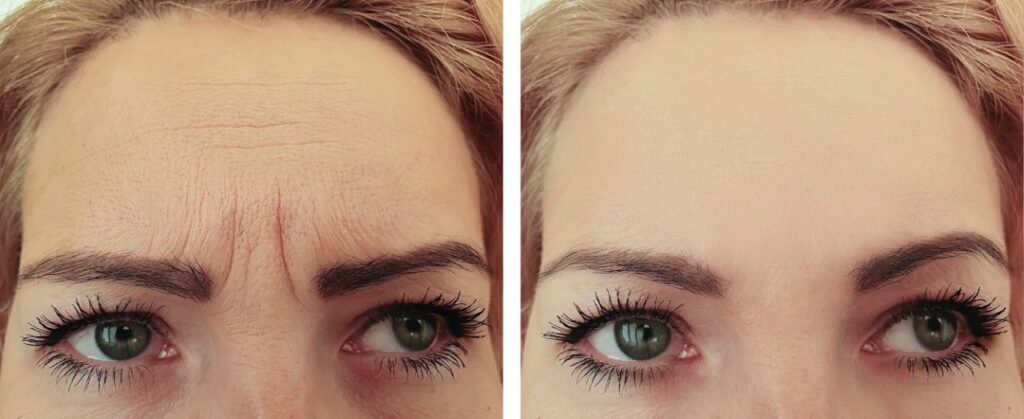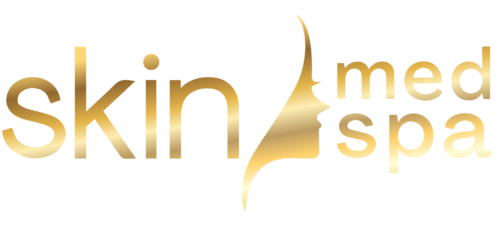BOTOX / Dysport / Xeomin
BOTOX / Dysport / Xeomin wrinkle reduction injections are noted primarily for the ability to reduce the appearance of facial wrinkles. They’re also used to treat conditions such as excessive sweating (hyperhidrosis) and lazy eye.
How Does BOTOX / Dysport / Xeomin Wrinkle Reduction Work?
BOTOX / Dysport / Xeomin wrinkle reduction works by weakening the resting tone of facial expression muscles. Once weakened, the pull of the muscles relax and the skin flattens out. By physiologically weakening the muscles, the wrinkles are diminished naturally. This is an entirely different approach to treating the aging face.
Am I Suitable For BOTOX / Dysport / Xeomin Wrinkle Reduction?
This non-surgical, physician-administered treatment that can temporarily smooth moderate to severe frown lines between the brows in people from 18 to 65 years of age. Wrinkle reduction is utilized to enhance your appearance and works best on persons between the ages of 30 and 50, when facial wrinkles are more likely to be caused by muscle pull and not sun-damaged skin.
How Long Before I See BOTOX / Dysport / Xeomin Wrinkle Reduction results?
One treatment and within 7-14 days there’s a noticeable improvement in moderate to severe frown lines between the brows, which can last up to 4 months. Results may vary
Who Can administer BOTOX / Dysport / Xeomin Wrinkle Reduction Injections?
BOTOX / Dysport / Xeomin wrinkle reduction injection procedures are considered medical techniques that should be carried out in a controlled medical environment and administered by a qualified and experience medical professional. They should check through your medical history to determine that you are appropriate candidates before undergoing BOTOX / Dysport / Xeomin wrinkle reduction treatment.
Medical BOTOX / Dysport / Xeomin
Chronic Migraine
Chronic Migraine is 15 or more headache days each month, with migraine on at least 8 of those days, each lasting 4 or more hours.
With episodic migraine, you’d have 14 or fewer headache days a month.
If you’re treating your headaches and migraines, think back to before you started treatment. How many headache days did you have each month? If you had 15 or more headache days a month in any 3-month period, you could still have Chronic Migraine.
Hyperhydrosis
Primary Axillary Hyperhidrosis
Excessive underarm sweating that is inadequately managed with topical agents.
TMJ (Temporomandibular Joint) Disorders
· jaw tension
· headaches due to teeth grinding
· lockjaw in cases of severe stress
Before And After




